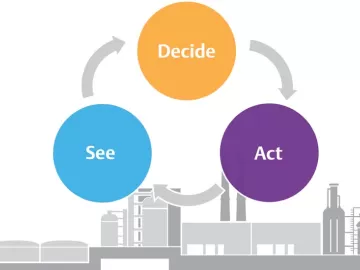Compressed Air Audit Discovers Problems at Electronics Firm
An electronics manufacturer with a very large compressed air system recently had a compressed air audit done in their plant to assess system efficiency. The audit discovered the system had been designed to be extremely efficient, yet some previously undetected problems were causing less than optimal operation. Despite being located in a tropical environment, this plant utilizes heat recovery to help reduce the overall energy consumption.




